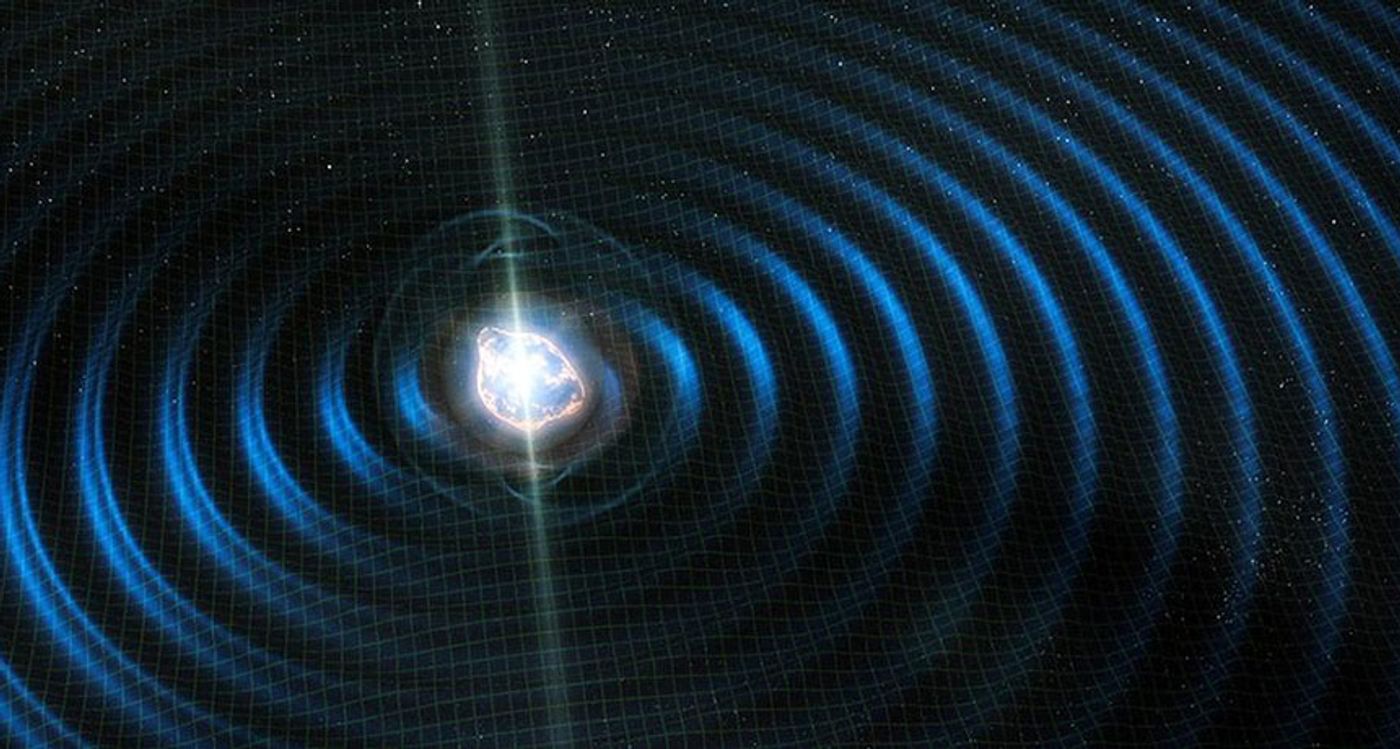Study on Gravitational Waves Limits the Odds That Large Extra Dimensions Exist
Physicists have long suspected that beyond the 3+1 dimensions that we are familiar with, there might exist additional space or time dimensions. But in an article published this September, a group of scientists from multiple institutes in the U.S. concluded that our universe likely has no more than the dimensions we experience, base on their analysis of gravitational waves that had traveled across a vast distance.
Numerous hypotheses have previously led scientists to believe that extradimensional space or time could be right under our nose. Take the Large Extra Dimension theory, for example, which predicts the existence of sizeable unknown space outside of our normal spacetime bubble and only gravity can propagate through; the well-studied Warped Dimensions theory suggests that the additional dimensions get warped into the geometrical spatial structure.
But why can't we or our instruments detect these hypothetical dimensions? Because they do not interact well with objects or forces originated from our 3+1 space-time.
Now there's a chance for scientists to further peek into the potential extra dimensions: the advent of mass gravitational wave events, such as the mergers of supermassive bodies, can provide some unprecedented insights into the additional dimensions.
Codenamed GW170817, the detection of a collision of two distant neutron stars back in 2017 marked a new era in astronomy: it is the first time that astronomers detected an astrophysical event through both gravitational waves and electromagnetic waves, opening doors to a new field--multi-messager astronomy.
In the recent study, researchers tested out a possible phenomenon, which could have happened if the extra dimension theories are correct: as gravitational waves propagate through a great distance, it is possible that they would "leak" into the extra dimensions, leading to a reduction in their amplitude.
The reduced strength of gravitational waves would lead to a "false impression" in its travel time, which should be identical to electromagnetic signals from the same source. By comparing the two signals closely, the U.S. researchers didn't find any signs of weakening in gravitational waves, meaning that there's likely no extra dimensions between Earth and where two neutron stars collided (which was 130 million lightyears away).
Although it confirmed and further strengthened the conclusions from earlier studies, the new paper, as the authors noted, excluded only large dimensions: its conclusion is only valid in the scale from 1 mile (1.6 kilometers) up to at least 80 million light-years.
How about the dimensions that are wrapped in the microscopic space, like those predicted by string theories? (string theory is a theoretical framework in which all matters and forces are made out of one-dimensional objects called strings.) Many string theories proponents believed that the world, at the tiniest scale, is at least 10 or 11-dimensional. Until scientists come across convincing evidence or a better measuring method, these hypothetical dimensions still await to be discovered or disproved.
How to Detect Extra Dimensions (PBS SpaceTime)
Source: Space.com









